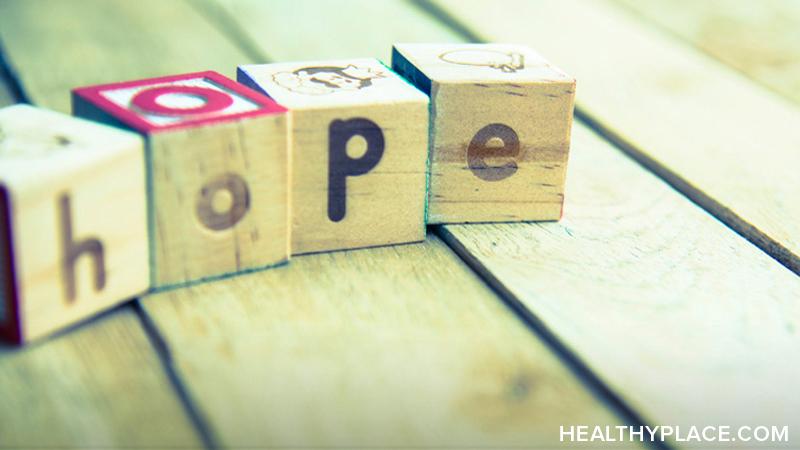Tips for Creating a Self-Harm Prevention Strategy

Recovering from self-injury isn't the kind of goal that you can check off a checklist and be done with it. Getting well is only the first step—staying well requires a self-harm prevention strategy that is both actionable and sustainable.
Creating a Self-Harm Prevention Strategy
My first and arguably most important advice, if you want to create your own self-harm prevention strategy, is this: get help. Even if you've done extensive research—and even if you're a medical professional yourself—having someone in your corner is invaluable during and beyond this process. Not only will an outside perspective help you keep things in perspective when creating your plan, but a therapist or counselor can also provide support and guidance as you begin to put your strategy into practice. Should you need to tweak your plan at any point, this person will have the experience and expertise necessary to help you find the best way to do so.
However, if you're not ready or able to work with a medical professional at this time, that doesn't mean you can't create a strategy—or implement it—on your own. And you can always seek out a therapist later to further refine your plan and renew your motivation to stick to it. It's never too late to ask for help.
Some tips for creating a self-harm prevention strategy on your own:
- Do your research. Reading this post is an excellent first step, but be sure to read more and take notes on what goals and strategies seem manageable within the context of your own life.
- Keep your goals realistic. If giving up self-harm forever sounds too overwhelming, for example, start with a small goal like, "I will stop harming myself for the next seven days." You can increase these goals as you build up your resilience.
- Build in healthy rewards. Celebrating victories large and small will help maintain your motivation over the long term. For example, you might treat yourself to dinner, or to a new book, upon reaching an important milestone.
- Avoid punishing yourself. Self-harm relapse itself is often punishment enough; expecting to suffer more will only make recovery more difficult. Instead, create a relapse plan ahead of time that will help you get back on track if and when a relapse occurs.
- Be adaptable. If, at first, you don't succeed, don't assume this means you are incapable of recovery. Instead, revisit your strategy to see what might not be working for you, revise it as necessary, and try again.
Sustainability Is Vital for Your Self-Harm Prevention Strategy
I've said it before, and I'll say it again because it bears repeating: Recovery is not a destination. It is a road, one many of us may walk for the rest of our lives. I have been self-harm-free for over a decade, but even I still struggle with intrusive thoughts and cravings from time to time. I don't know that these things will ever go away, but I do know this: they get easier with time and (more importantly) with practice.
So when creating a strategy to prevent self-harm, keep in mind that what you're building is not a short-term plan or a quick fix. You are paving a path to the future—your future. Ideally, you will be walking it for a significant amount of time, perhaps the rest of your life.
So, pave that path with kindness and understanding. Make it easy to follow and to return to if you should stray. Don't be afraid to have fun with it, even. Recovering from self-injury may be serious business, but no one's stopping you from planning playful, even silly rewards like, "Dive into a ball pit," or "Buy a mermaid tail to wear by the pool," if that's what will keep you motivated.
There's no one right way to plan your future—it's just a matter of making a plan that's right for you.
APA Reference
Kim Berkley
(2021, August 5). Tips for Creating a Self-Harm Prevention Strategy, HealthyPlace. Retrieved
on 2025, November 9 from https://www.healthyplace.com/blogs/speakingoutaboutselfinjury/2021/8/tips-for-creating-a-self-harm-prevention-strategy